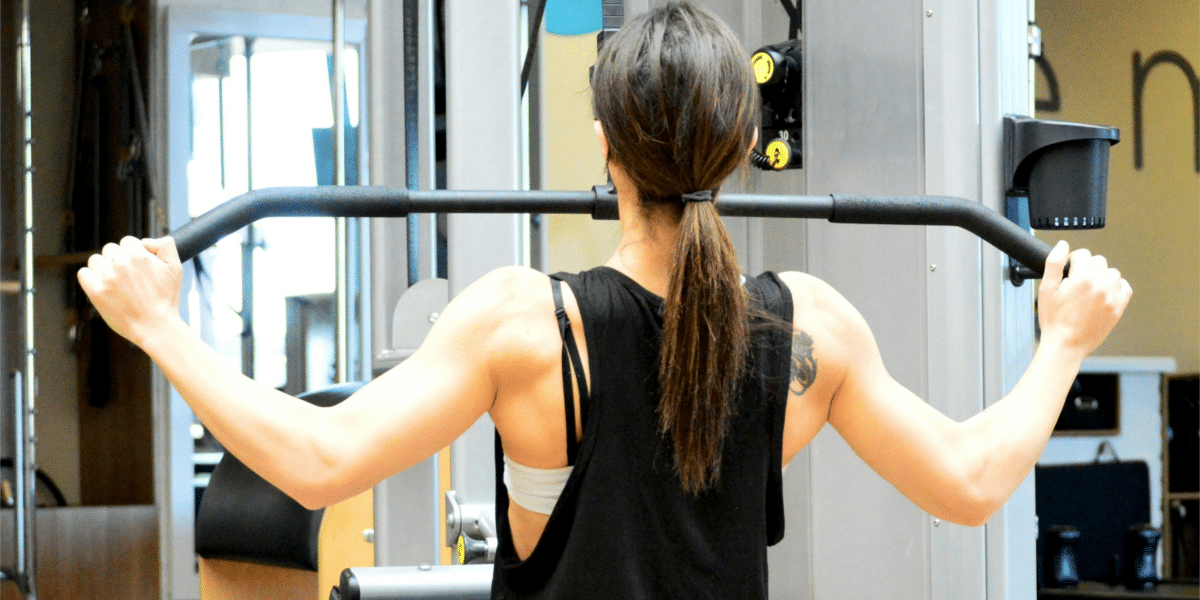Finding time to exercise can be challenging for busy professionals, but it’s essential for maintaining both physical and mental health. Creating a balanced exercise routine that fits into a hectic schedule requires a strategic approach, combining efficiency with variety to ensure comprehensive fitness benefits. Here’s how to make it happen.
Efficient Workout Plans for Time-Pressed Schedules
One of the biggest obstacles for professionals is time management. The key to overcoming this is to design an exercise routine that maximizes efficiency without compromising on quality. High-Intensity Interval Training (HIIT) is an excellent option for those with limited time. These workouts typically last between 20 to 30 minutes but offer the benefits of a much longer session by combining short bursts of intense activity with brief rest periods. This method not only burns calories quickly but also improves cardiovascular health and muscular strength.
Strength training is another crucial component of a balanced routine, and it can be effectively integrated into a busy schedule with just two to three sessions per week. Compound exercises, such as squats, deadlifts, and bench presses, target multiple muscle groups simultaneously, offering a full-body workout in less time. These exercises enhance muscle tone and strength, which are vital for overall health and functionality.
For those with unpredictable schedules, having a set of quick, no-equipment workouts can be a lifesaver. Bodyweight exercises like push-ups, lunges, and planks can be performed anywhere and take minimal time. Apps and online platforms offering short, guided workout routines can also be extremely beneficial, providing structure and motivation when time is tight.
Setting Realistic Fitness Goals
Setting achievable fitness goals is crucial for maintaining motivation and consistency. Professionals often fall into the trap of setting overly ambitious goals that are difficult to sustain, leading to frustration and burnout. Instead, focus on setting SMART goals: Specific, Measurable, Achievable, Relevant, and Time-bound. For example, rather than aiming to lose 20 pounds in a month, set a goal to exercise for 30 minutes three times a week for the next month.
Tracking progress is equally important. Keeping a workout journal or using fitness apps can help monitor improvements and adjust goals as needed. Celebrating small victories along the way, such as completing a particularly challenging workout or reaching a new personal best, can provide a significant motivational boost.
Incorporating variety into the exercise routine can also prevent boredom and promote long-term adherence. Including different types of workouts, such as yoga for flexibility, trail running for stress relief, and strength training for muscle development, ensures a more balanced and fulfilling workout routine. This variety not only keeps things interesting but also addresses various aspects of physical health, contributing to overall well-being.
Staying Motivated and Consistent
Consistency is the cornerstone of any successful exercise routine, especially for busy professionals. Finding ways to stay motivated is essential for maintaining regularity. One effective strategy is to schedule workouts as non-negotiable appointments in your calendar, just like business meetings. This approach treats exercise as a priority rather than an optional activity.
Accountability can also play a significant role in staying consistent. Joining a fitness class or working out with a friend can provide mutual encouragement and make exercising more enjoyable. Additionally, many professionals find motivation through wearable fitness trackers, which offer reminders and track progress, reinforcing the habit of regular exercise.
Work-life balance can often feel elusive, but integrating exercise into your daily routine can actually enhance productivity and reduce stress. Physical activity has been shown to improve mental clarity, boost mood, and increase energy levels, all of which are beneficial in a demanding professional environment. Therefore, viewing exercise not as a time-consuming task but as an investment in your overall well-being can shift your perspective and enhance your commitment.
Embracing Flexibility and Adaptability
Flexibility in your exercise routine is just as important as the workouts themselves. Professionals often face unexpected demands and changes in their schedules, making a rigid exercise plan impractical. Instead, adopt a flexible approach that allows for adjustments without guilt. If a planned gym session is not feasible, opt for a quick home workout or a brisk walk during lunch breaks.
Creating a balanced exercise routine is not about perfection but about making consistent, manageable efforts towards better health. By combining efficient workout plans, setting realistic goals, and maintaining motivation, busy professionals can integrate fitness into their lives seamlessly. Incorporating a variety of exercises, such as yoga for flexibility and trail running for stress relief, can lead to a more balanced and fulfilling workout routine. This holistic approach ensures that even with a demanding schedule, you can achieve and maintain optimal health and well-being.
Published by: Khy Talara

















